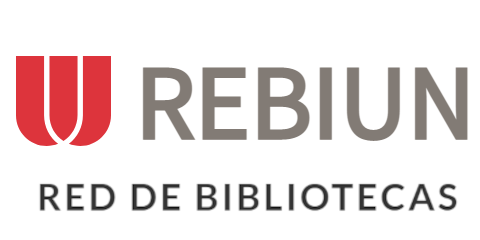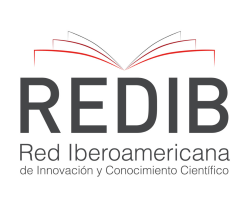Monotonicity and Convergence in the Collatz Conjecture: A New Perspective
Resumen
The Collatz conjecture declares that every positive integer will eventually reach 1 when subjected to a simple iterative process: if the number is even, it is divided by 2, and if it is odd, it is multiplied by 3 and then increased by 1. Despite the straightforward nature of these rules, a general proof of the conjecture remains elusive. For the above, this study introduces an alternative interpretation of the conjecture. This approach involves multiplying an odd integer N1 by 3 and subsequently adding the largest power-of-2 factor within N1. Repeated iterations of this alternative process show that any initial odd integer N1 will eventually convert into a power of 2, leading the sequence towards convergence. The behavior of the sequence was studied by representing the resulting integers as a power of 2 multiplied by an odd component. Using this representation under the modified rules, we developed a structured proof framework that demonstrates the consistent reduction of the odd component’s relative value after each iteration, the accelerated increase of the power-of-2 factor’s relative value, and the absence of any divergent cycles or alternative behaviors. This analysis provides insights into the mechanics of convergence in the Collatz sequence and proposes a new perspective for understanding the conjecture’s underlying dynamics.
Descargas
Citas
Applegate, D. & Lagarias, J. C. (2020). Collatz Problem.
Barghout, K. (2019). On the probabilistic proof of the convergence of the Collatz conjecture. Journal of Probability and Statistics, 2019(1). https://doi.org/10.1155/2019/6814378
Emmert-Streib, F. (2013). Structural properties and complexity of a new network class: Collatz step graphs. PLoS One, 8(2). https://doi.org/10.1371/journal.pone.005646 1
Moharir, P. S. (1978). Representation of Integers. IETE Journal of Education, 19(4), 167–171. https://doi.org/10.1080/09747338.1978.11450293
Orús-Lacort, M. & Jouis, C. (2022). Analyzing the Collatz Conjecture Using the Mathematical Complete Induction Method. Mathematics, 10(22). https://doi.org/10.3390/math10121972
Ren, W., Li, S., Xiao, R. & Bi, W. (2018). Collatz Conjecture for 2^100000-1 Is True - Algorithms for Verifying Extremely Large Numbers. 411-416. https://doi.org/10.1109/SmartWorld.2018.00099
Sayama, H. (2011). An Artificial Life View of the Collatz Problem. Artificial Life, 17(2), 137–140. https://doi.org/10.1162/artl_c_00024
Schwob, M. R., Shiue, P., & Venkat, R. (2021). Novel theorems and algorithms relating to the Collatz conjecture. International Journal of Mathematics and Mathematical Sciences, 2021(1). https://doi.org/10.1155/2021/5754439
Solow, D. (2023). Half an Induction Proof of the Collatz Conjecture. The College Mathematics Journal, 54(5), 419–422. https://doi.org/10.1080/07468342.2023.2263029
Stefanov, B. (2021). Two-Parameter Generalization of the Collatz Function: Characterization of Terminal Cycles and Empirical Results. Online Mathematics Journal, 03(01), 19-25. http://dx.doi.org/10.5281/zenodo.4609709
Sternberg, L. (2019). Odd numbers generated from reduced Collatz iterations are produced by a unique set of reverse iterations. Rapport technique, Department of Biology, University of Miami.
Sultanow, E., Koch, C., & Cox, S. Collatz Sequences in the Light of Graph Theory.
Tao, T. (2022, January). Almost all orbits of the Collatz map attain almost bounded values. In Forum of Mathematics, Pi (Vol. 10, p. e12). Cambridge University Press.
Trümper, M. (2014). The Collatz problem in the light of an infinite free semigroup. Chinese Journal of Mathematics, 2014(1). https://doi.org/10.1155/2014/756917
Van Bendegem, J. P. (2005). The Collatz conjecture. A case study in mathematical problem solving. Logic and Logical Philosophy, 14(1), 7-23.
Derechos de autor 2025 Guillermo Wells Abascal , Angel Gabriel Zavala Raus

Esta obra está bajo licencia internacional Creative Commons Reconocimiento 4.0.













.png)




















.png)
1.png)


